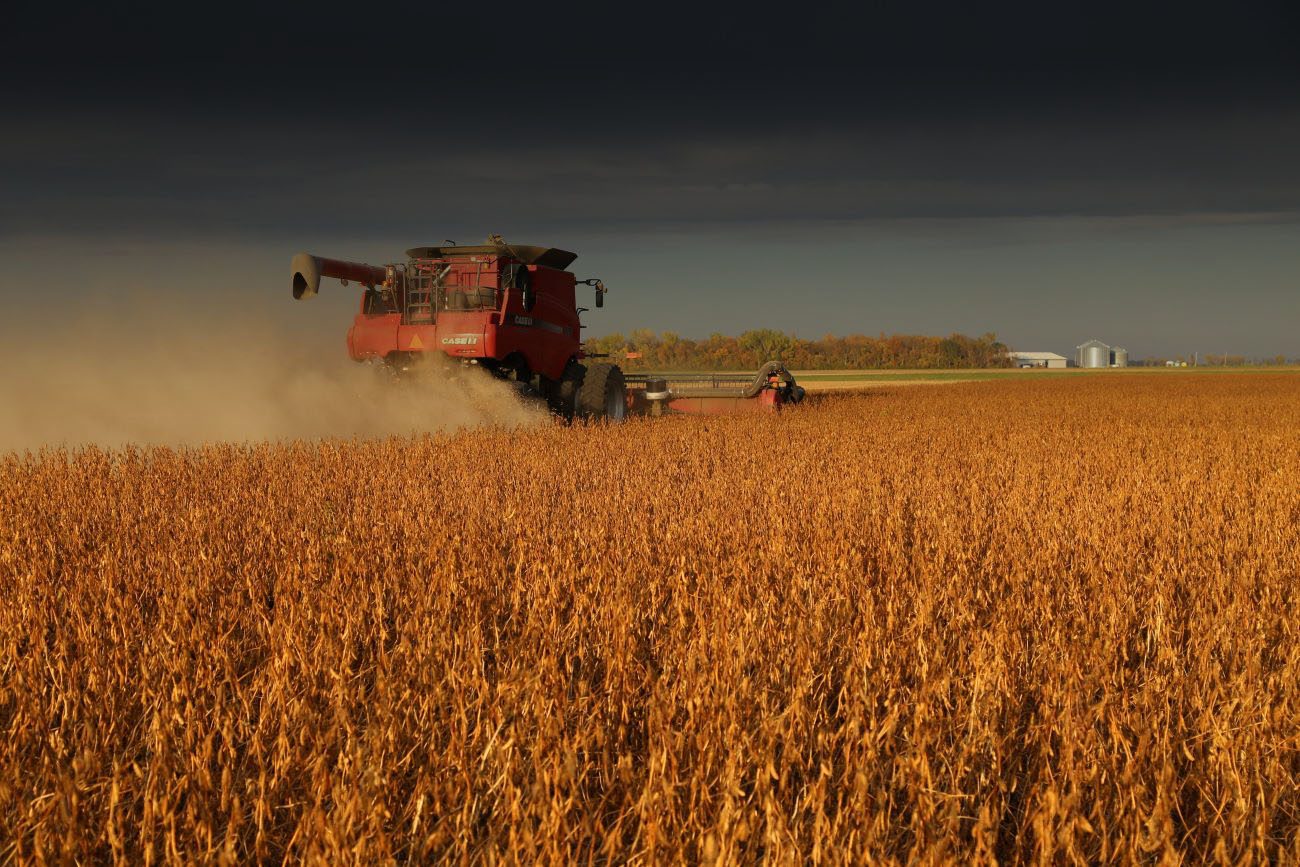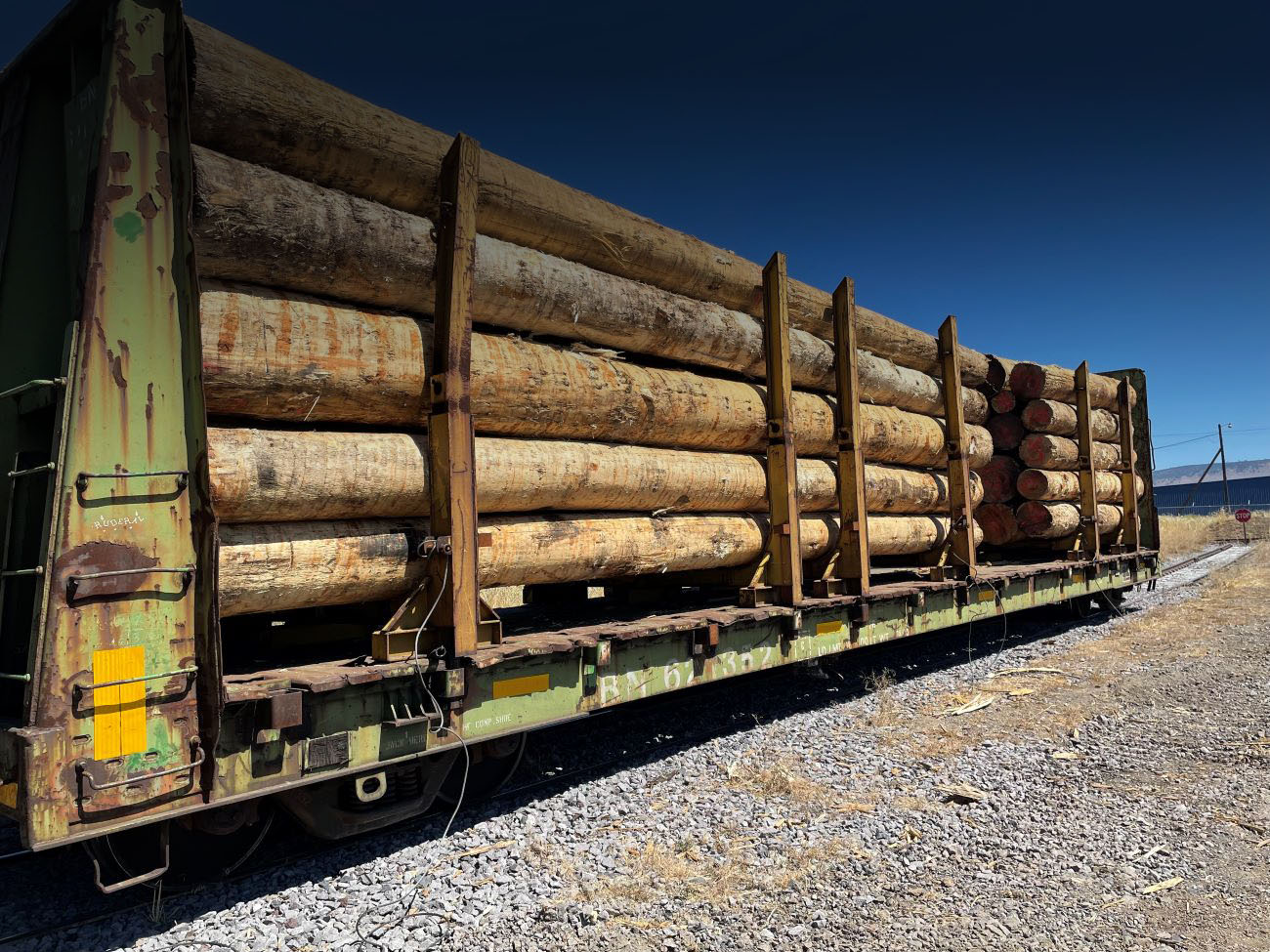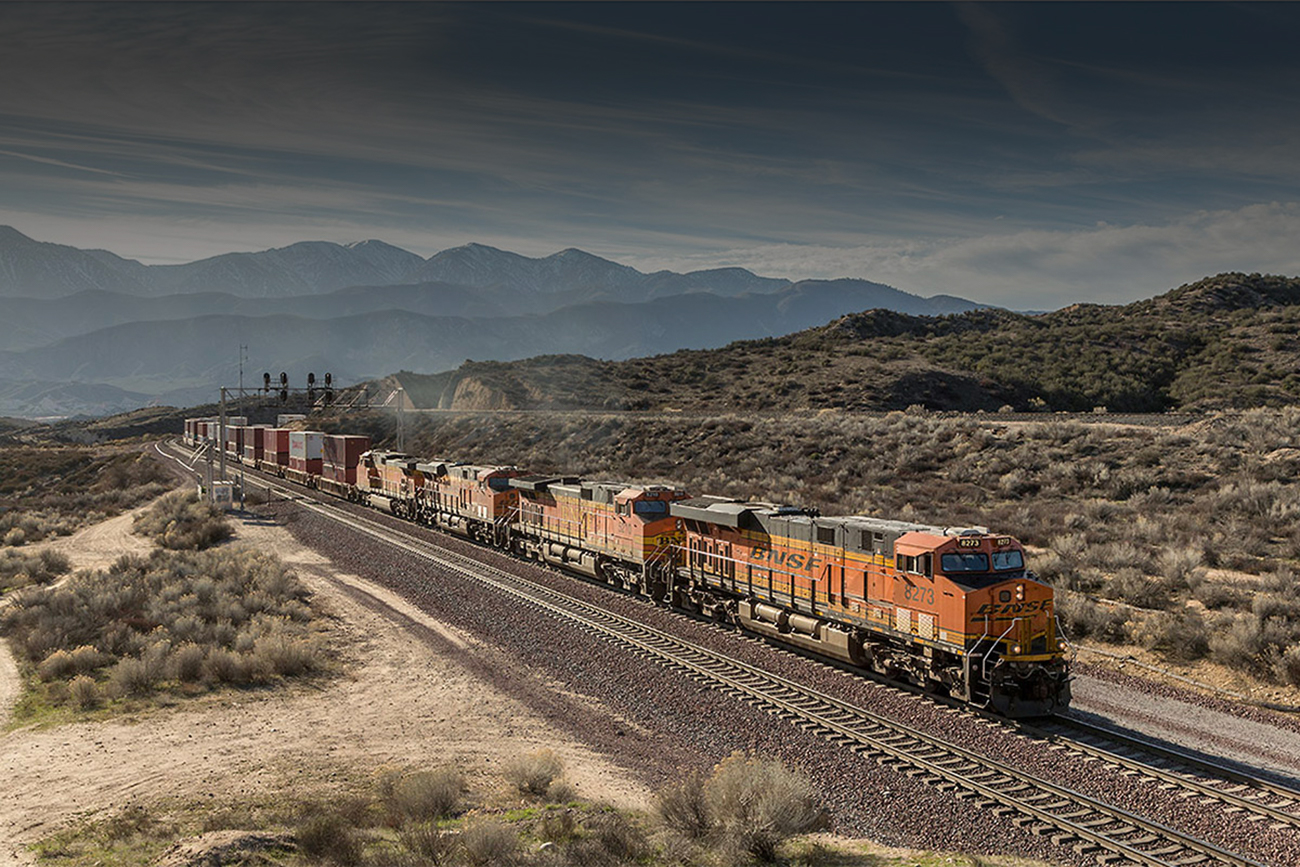BNSF ready to help give Salmon Bay Bridge a lift
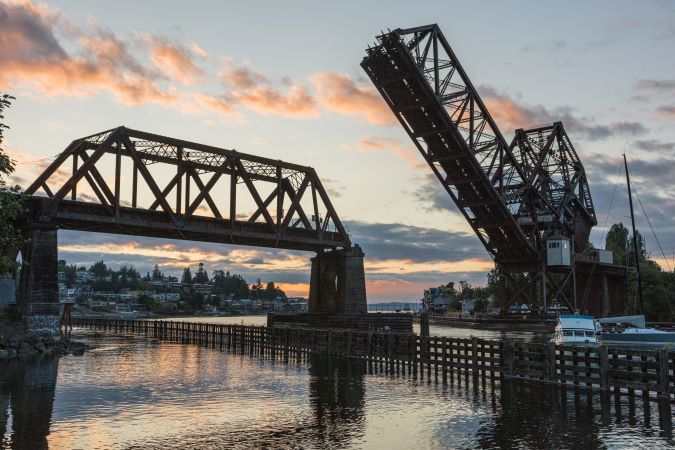
If you’ve been through Salmon Bay in Seattle, you’ve likely seen the iconic Salmon Bay Rail Bridge, a transportation mainstay in the Pacific Northwest for more than 110 years. And now, thanks to a federal grant and support from BNSF, it will be revitalized to serve for many more years.
The Salmon Bay Rail Bridge is a vital regional connector expediting movement of people and freight between Vancouver, B.C., and Seattle. Last year, the Infrastructure for Rebuilding America grant program awarded $25 million to fund heavy maintenance and repairs needed to keep the bridge operating at peak efficiency. BNSF is contributing an additional $70 million to complete the project.
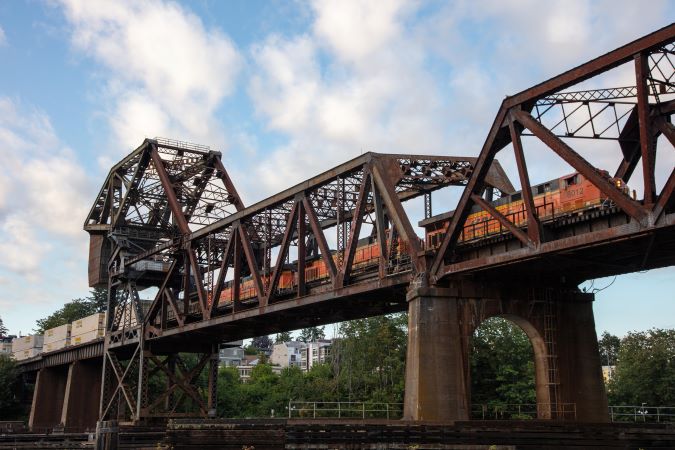
The bridge serves as a vital connector in the state’s transportation infrastructure, where ships and trains cross. Each day, an average of 30-40 trains cross the bridge, including Sounder and Amtrak passenger trains. The bridge gets 8-10 lifts per day as about 140 commercial and recreational maritime vessels pass under it.
Supporters of the grant, Congresswoman Pramila Jayapal (D-WA) and Congressman Rick Larsen (D-WA), recently visited the bridge to discuss its importance with leaders from BNSF, the Washington State Department of Transportation and Amtrak.
The bridge is in Jayapal’s congressional district and Larsen serves as the Ranking Member of the House Committee on Transportation and Infrastructure. He represents a congressional district along the I-5 corridor north of Seattle that depends on the bridge to facilitate passenger and commuter rail service and the efficient movement of freight. Both members sent letters last year to U.S. Department of Transportation Secretary Pete Buttigieg in support of the grant.
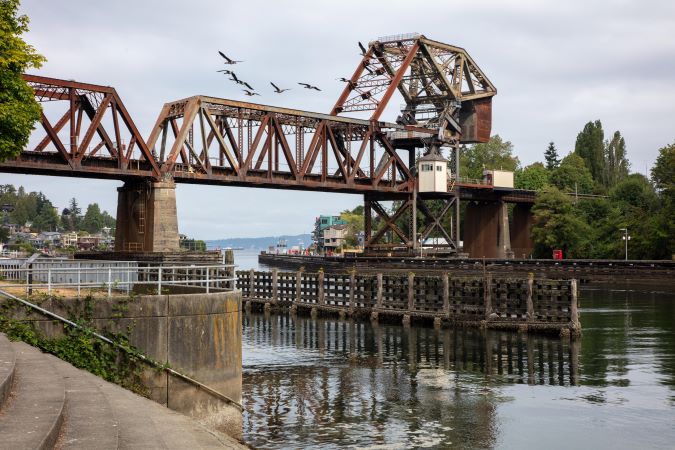
Other members of the Washington congressional delegation also supported the project, including Sen. Maria Cantwell (D-WA), Sen. Patty Murray (D-WA), Congressman Adam Smith (D-WA) Congresswoman Susan DelBene (D-WA) and Congresswoman Marilyn Strickland (D-WA).
The original jackknife-style bridge was approved for construction by the Great Northern Railway in 1912. Bridge aficionados will recognize the design as a Strauss Heel-trunnion single-leaf bascule bridge with two tracks and a 200-foot opening span. A 1,750-ton counterbalancing weight was replaced in 1948 and will be replaced as part of the current heavy maintenance and repair program. Aside from standard replacement of moving parts and machinery – and generations of rail ties – the structure has operated safely and efficiently throughout its life.
The repairs to the bridge are essential to maintain efficient transportation in the region.
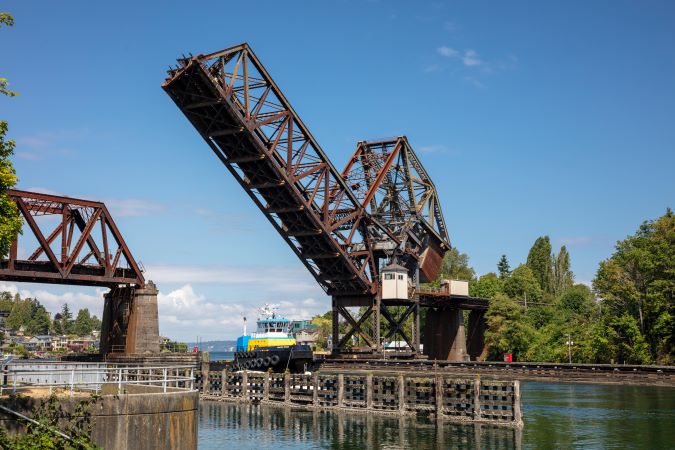
“A bridge failure at this location could have huge impacts on trade – both maritime and rail,” said BNSF’s Grant Haag, general manager, Northwest Division. “People and freight would be forced to use alternate routes, which would impact road and highway traffic, business costs and the environment. Making this investment now shows foresight and leadership.”
The energy and transportation impact offsets of the bridge will save hundreds of millions of road and train miles and millions of gallons of fossil fuels. Both public and private sectors benefit from the continued reliability of the bridge, with more than $650 million in estimated avoided costs over a 25-year period.
“It’s an iconic bridge, a testament to good design and consistent maintenance over the years,” said BNSF’s Jose Mares, director of bridge engineering. “We’re optimistic this next round of projects will set the bridge up for another 50 years of reliable service.”
Renovations to the bridge are expected to begin in 2024.
To learn more, visit the Salmon Bay Rail Bridge Project website.
